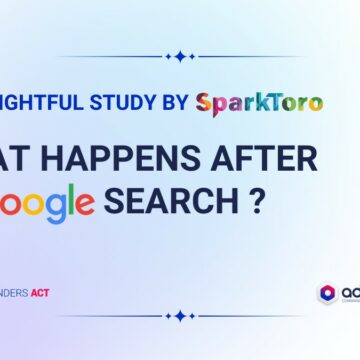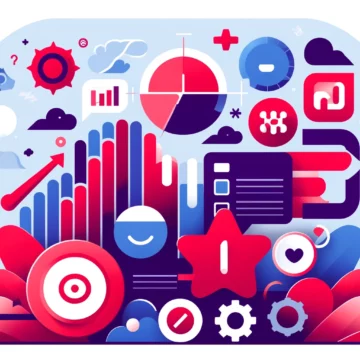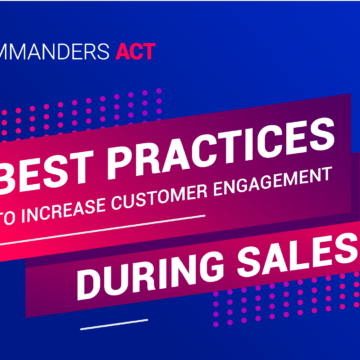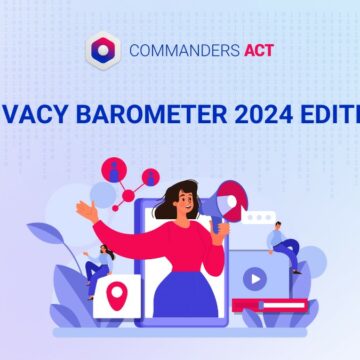Understanding Customers Better Through First, Second and Third Party Data
13/10/2016 |

Nowadays, Big Data is essential to understanding customers better. It is made of different data categories, including first, second and third party. What do they consist of? What are their main differences? Are they all necessary? Which ones should be prioritized?
Here are our answers to your questions.
The main difference between the three types of data is the collection level and proprietorship; all three types are complementary and together help having clearer and more precise customer profiles.
What is First Party Data?
First party data comprises data collected directly by a site’s owner: it includes browsing and behavioral information, as well as other details collected through forms, search queries, etc. First party data also consists of information gathered through other sources such as CRMs, offline databases, contests, among others. This data is anonymized.
The main objective of first party data is understanding consumers’ intentions and interests. E-commerce sites can make relevant product suggestions to users and increase conversion rates thanks to this data category. Nevertheless, and even though first party data is essential to having detailed customer profiles, it is not enough. This is where second and third party data come into play: they complete first party data with large volumes of additional information.
What is Second Party Data?
Second party data is basically first party data belonging to a third party who shares it with you as part of a collaboration agreement. The level to which second party data will complement your own first party data, will depend on the type of partner you work with. Second party data allows obtaining a more complete user profile, mostly in terms of interests and other aspects that are not necessarily covered by first party data.
Second party data, also known as collaborative data, is useful as first party data and comes in large volumes, just like third party data.
What is Third Party Data?
Third party data is made of information that is collected and sold (or lent, to be precise) by data providers. It is widely believed that it is of lesser quality than first and second party data, but there are exceptions: Facebook, for instance, has complete and continually reliable information about its users. It combines data it collects as first party and data it obtains through advertisers.
The use of third party data provides a wide choice of possibilities, since the vision it gives about user interests is much broader than that offered by the other data categories. By combining them, user profiles become more precise.
Why Don’t We Just Use First Party Data?
First party data has many benefits: it is very affordable (free most of the time), easy to collect, seems as the only reliable information to many advertisers … Nevertheless, it is not sufficient to get to know your clients if used on its own, especially in terms of acquisition.
Not all industries can collect this type of data in the same way: banking institutions, connected object manufacturers or e-commerce sites have access to larger volumes of first party data than companies from the automotive, appliance or other activities that are not in direct contact with consumers.
Companies in such industries are very likely to make use of second party data, and in case building partnerships would not be possible, they still have third party data as an option, which they could trade services for (free media spots, services, etc.).
Without second and third party data, acquisition campaigns can hardly be personalized – except through Facebook and Google, which propose to inject your data to target defined segments. The conversion rates of personalized messages are much higher than those of generalized and impersonal communications. Acquisition costs can double if second and third party data are not exploited.
First party data also plays a crucial part in terms of acquisition, as it provides vital information related to customer knowledge. This information is treated to send relevant messages to a given audience amid an acquisition campaign through the use of statistical twins: people whose information reveals similar profiles.











